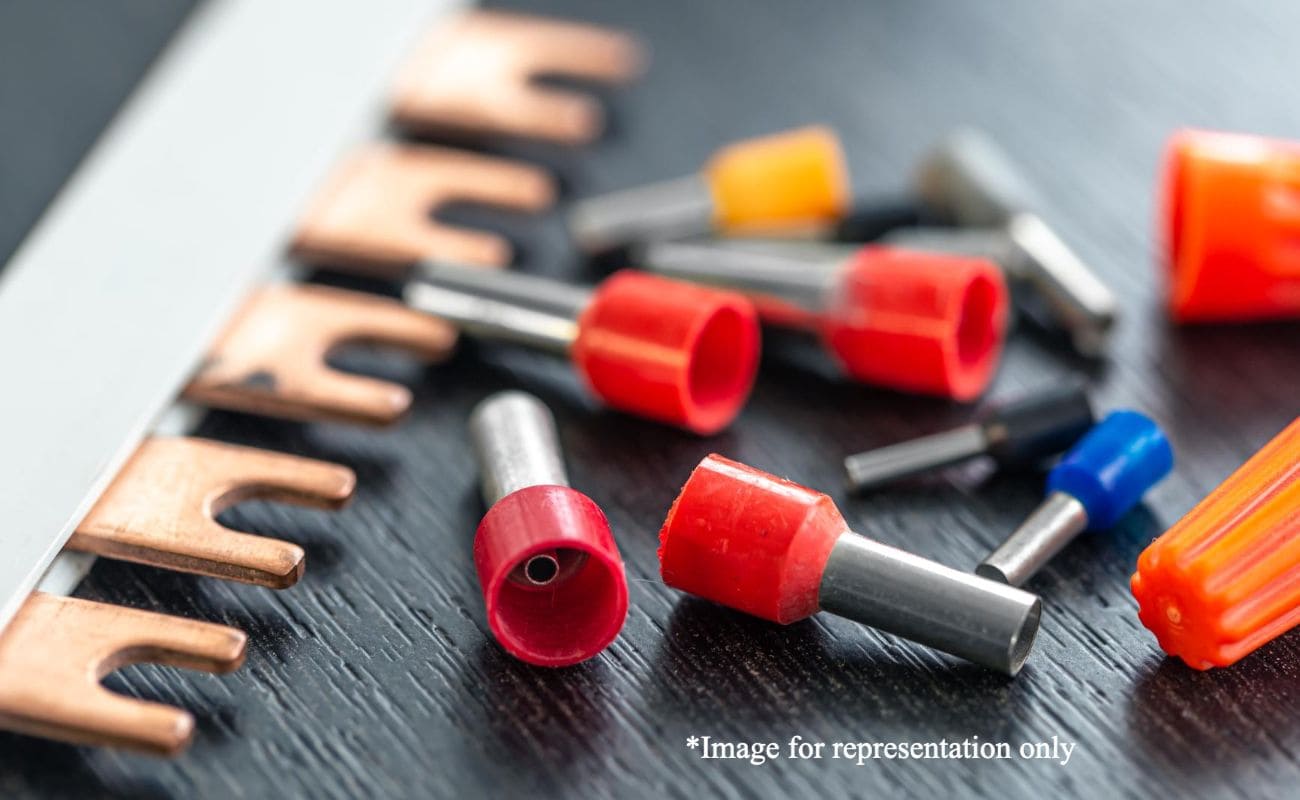Chemistry and techniques for bonding dissimilar substrates including troubleshooting and examples
In today's world, bonding dissimilar substrates is a common practice in many industries such as automotive, electronics, construction, and many more. The primary reason for bonding dissimilar substrates is to create a strong, durable, and long-lasting bond between two materials. However, bonding dissimilar substrates can be a challenging task, as the substrates have different properties and chemistry, making it difficult to achieve a strong bond. In this article, we will discuss the chemistry and techniques for bonding dissimilar substrates, including the chemistry behind bonding, troubleshooting common issues, and examples of successful bonding.
Chemistry behind Bonding Dissimilar Substrates:
To bond two dissimilar substrates, it is essential to understand the chemistry behind bonding. Bonding occurs through a chemical reaction between the adhesive and the substrate's surface. The chemical reaction forms a bond between the adhesive and the substrate's surface, which creates a strong and durable bond. However, bonding dissimilar substrates can be challenging, as the substrates have different properties and chemistry, making it difficult to achieve a strong bond.
There are several types of adhesives available for bonding dissimilar substrates, such as epoxies, polyurethanes, cyanoacrylates, and acrylics. Each type of adhesive has unique properties that make it suitable for bonding specific substrates. For example, epoxies are ideal for bonding metals, ceramics, and plastics, while polyurethanes are suitable for bonding rubber, plastics, and metals.
Techniques for Bonding Dissimilar Substrates:
Surface Preparation: The first step in bonding dissimilar substrates is surface preparation. The surface of the substrates should be free from any contaminants such as oil, grease, or dirt. The surface should be clean and dry before applying the adhesive.
Selection of Adhesive: The selection of adhesive is critical in bonding dissimilar substrates. The adhesive should be selected based on the type of substrates being bonded. For example, if bonding metal and plastic, an epoxy adhesive would be a suitable choice.
Adhesive Application: The adhesive should be applied to one of the substrates using a brush or applicator. The adhesive should be spread evenly on the surface, ensuring full coverage.
Clamping: Once the adhesive is applied, the substrates should be clamped together. The clamping force should be sufficient to ensure that the substrates are in contact with each other.
Curing: The adhesive should be allowed to cure for the recommended time, which can vary based on the type of adhesive used. The curing time should be followed strictly to achieve the desired strength of the bond.
Troubleshooting Common Issues:
Bonding dissimilar substrates can sometimes result in weak or failed bonds. Some common issues that can arise during bonding are:
Inadequate surface preparation: If the surface of the substrates is not adequately prepared, it can result in weak bonds.
Incompatibility of adhesive: Using the wrong type of adhesive can result in weak bonds. It is crucial to select an adhesive that is compatible with both substrates.
Incorrect application: If the adhesive is not applied correctly, it can result in weak bonds. The adhesive should be spread evenly on the surface, ensuring full coverage.
Examples of Successful Bonding:
Bonding metal and plastic: In the automotive industry, metal and plastic are commonly bonded to create lightweight parts. An epoxy adhesive is used to bond metal and plastic, creating a strong and durable bond.
Bonding glass and metal: In the construction industry, glass and metal are bonded to create attractive and durable structures. A silicone adhesive is used to bond glass and metal, creating a strong and flexible bond.
In conclusion, the bonding of dissimilar substrates is a complex process that requires knowledge of various chemistry and techniques. The selection of the appropriate adhesive chemistry is critical to achieve a successful bond. However, the process is not always straightforward, and various factors can cause bonding issues. Troubleshooting the problem requires a systematic approach, which involves identifying the root cause, testing and evaluation of the adhesive, and modifying the bonding process. Overall, with the right approach, bonding dissimilar substrates can lead to strong and reliable bonds, which are essential in many industries.

